What Does Queso Fresco Taste Like? Discover This Mild Dairy Gem
Mexican cuisine boasts a delightful cheese that transforms countless dishes with its unique character.
Queso fresco brings a fresh, vibrant element to traditional recipes that leaves food lovers curious about its distinctive profile.
This soft, crumbly cheese has roots deeply embedded in Latin American culinary traditions, making it more than just another dairy product.
Culinary enthusiasts often wonder about its flavor nuances and how it might elevate their cooking experiences.
The texture and sensory qualities of queso fresco create an intriguing culinary puzzle that beckons further investigation.
Understanding its role in different dishes can unlock new dimensions of flavor and enjoyment for home cooks and professional chefs alike.
Your taste buds are in for an exciting journey through the world of this remarkable cheese.
Queso Fresco Explained
Queso fresco stands as a staple cheese in Mexican cooking.
Crafted mainly from cow's milk, this cheese sometimes includes goat's milk in its recipe.
Mexican cooks have long treasured this white cheese for its distinctive qualities.
Vendors sell queso fresco either fresh or with a slight aging process, despite its name meaning "fresh cheese." When eaten, this cheese feels light and airy without weighing down your palate.
Mild and slightly tangy, queso fresco brings a soft texture to Mexican dishes.
Its delicate flavor sets it apart from other cheeses.
Chefs crumble this cheese over enchiladas and tacos, similar to how they might use cotija.
Unlike its salty counterpart, queso fresco offers a gentler taste with subtle milky notes.
Flavor of Queso Fresco
Queso fresco brings a light, mild taste with just a whisper of salt. Its flavor shares some similarities with light feta cheese, giving it a tangy edge.
Fresh cheese like this carries a unique character all its own. Salt notes dance softly across the palate, creating a crisp sensation.
Lactose-sensitive individuals can enjoy this cheese since it does not melt quickly. Texture mirrors other cheeses like feta, with a buttery smoothness perfect for tacos and similar dishes.
Indian recipes also welcome this cheese because of its versatile nature.
White in color with a solid structure, queso fresco works wonderfully as a topping.
Salads sparkle when sprinkled with crumbled pieces, while tacos and birria shine even brighter. Simple combinations elevate its charm - mix it with corn, guacamole, or salsa for delightful results.
Unaged versions boast a soft, crumbly feel similar to low-moisture mozzarella. Heating makes the cheese soften and brown, though it won't fully melt - so skip using it in quesadillas.
Balanced flavor cuts through rich sauces and hearty meats with its light tanginess. Mild salt levels make it welcoming for many taste buds, smoothing out spicy Mexican recipe components.
Texture Changes in Aged Queso Fresco
Nutrition and Benefits of Queso Fresco
Queso fresco comes packed with six key micronutrients, but it also contains lactose that might spark problems for individuals sensitive to dairy products.
Queso Fresco Has Lots Of Calcium
Queso fresco serves as a milk-based cheese packed with calcium, offering 23 percent of your daily calcium needs.
Calcium works like a superhero inside your body, making bones and teeth stronger while supporting good digestion and smooth muscle performance.
Queso Fresco Gives You Phosphorus
Queso fresco contains about 22% of phosphorus needed daily, which helps children grow normally.
This mineral matters because it supports cell activities and keeps bones strong.
Queso Fresco Provides Vitamin B12
Queso fresco provides vitamin B12 with notable health advantages.
This cheese meets 17 percent of daily vitamin B needs, supporting brain development and strengthening immune responses.
Consuming queso fresco helps reduce tiredness and boosts overall energy levels for better daily functioning.
Queso Fresco Contains Vitamin A
Queso fresco contains vitamin A, supporting clear eyesight and helping your body fight off sickness.
Vitamin A in this cheese also helps you absorb iron more effectively.
Individuals struggling with vision problems might find this cheese beneficial since it provides 12 percent of the recommended daily vitamin A intake.
Queso Fresco Offers Zinc
Zinc plays a key role in keeping bodies strong and healthy.
Small amounts of this mineral support immune system functions by helping cells grow and develop properly.
Zinc also helps brains process details quickly and keeps eyesight sharp.
Maintaining good cell health and brain performance happens when zinc works its magic inside our bodies.
Queso Fresco Has Selenium
Queso fresco contains selenium, a mineral that boosts immune health and supports normal thyroid function.
Selenium also helps strengthen body cells to protect against illness, making up 12 percent of the cheese's daily recommended intake.
Cooking with Queso Fresco
Discover creative ways to incorporate queso fresco into your favorite dishes.
Explore what makes this cheese so versatile in cooking.
Rajas Con Crema
Vegetarian dishes shine during taco nights with this simple pepper mix.
Poblano chiles and onions create a delicious side that pairs perfectly with steamed rice.
Start by cutting roasted poblanos and onions into thin strips.
Pour some oil in a skillet and cook onions until they turn soft and slightly translucent.
Next, toss in corn kernels and sliced poblano peppers.
Continue cooking until vegetables reach a tender consistency with slightly caramelized edges.
Finish the dish by topping with smooth sour cream and crumbly queso fresco cheese.
Minimal ingredients come together for maximum flavor in this easy vegetable recipe.
Mexican Street Corn with Queso Fresco
Mexican street corn style adds magic to grilled corn.
Corn sizzles on the grill until golden brown with nice char marks.
Spread a thin layer of mayonnaise across each ear.
Squeeze fresh lime juice over the corn.
Sprinkle chile powder for some heat.
Roll corn in crumbled queso fresco cheese to finish this tasty side dish.
Sweet Potato Pasta with Brown Butter and Queso Fresco
Slice sweet potato into thin noodle shapes using a spiralizer, julienne peeler, or grab pre-cut sweet potato noodles.
Warm olive oil in a pan and gently soften the sweet potato strands.
Move the noodles to a side dish.
Melt butter in the same pan and add rosemary, cooking until butter turns golden brown and rosemary fills the kitchen with its rich scent.
Sprinkle crumbled queso fresco over the top before serving.
Tomato and Avocado Salad with Queso Fresco
Creamy avocado and juicy tomato make this salad ideal for warm days.
Carefully slice ripe avocado, ripe tomatoes, and thin onion rings onto a serving plate.
Sprinkle some salt and black pepper over the vegetables.
Mix white vinegar, smooth olive oil, brown sugar, and fresh lime juice in a small bowl.
Gently drizzle the tangy dressing over the sliced vegetables.
Finish by scattering crumbled queso fresco cheese and chopped cilantro on top.
Huevos Rancheros with Queso Fresco
Breakfast gets a spicy makeover with huevos rancheros, a hearty Mexican morning meal.
Chop hatch chiles and enchilada sauce bubble in a skillet until slightly thick.
Whirl the salsa smooth with a blender or hand mixer.
Crisp corn tortillas sizzle in hot oil until golden brown on both sides.
Next, crack an egg into the same skillet and fry until perfect.
Set up your plate by laying down the crispy tortilla first.
Top the tortilla with black beans, then slide the fried egg on top.
Finish with a generous drizzle of salsa.
Creamy avocado, crumbly queso fresco, and smooth Mexican crema complete this zesty breakfast dish.
Best Ways to Enjoy Queso Fresco
Cheese lovers often enjoy queso fresco in its pure form. Mexican fresh cheese stays firm instead of melting like other cheese types.
Chefs sprinkle queso fresco over completed dishes since it softens slightly when heated. Queso fresco commonly garnishes meals such as:
Cooks can also use crumbled queso fresco to complete different dishes like:
Some restaurants offer a crispy fried version of this traditional cheese.
Cheeses Like Queso Fresco
Fresh cheese points to queso fresco, which comes from raw cow milk or a blend of goat and cow milk.
Cheese types like ricotta and feta share similar characteristics when thinking about this product's profile.
Mild and incredibly light, this cheese works perfectly during warm weather moments.
How to Use Queso Fresco in Dishes
Here’s how you can use queso fresco in your cooking:
Cotija vs. Queso Fresco Differences
Cotija and queso fresco seem similar at first, but cheese lovers know they have distinct characteristics.
Storing Queso Fresco Properly
Queso fresco tastes most delicious when consumed within 3-6 days after buying since it belongs to the fresh cheese category.
(Making this cheese last beyond 24 hours would be quite an achievement.)
Saving part of your cheese requires careful wrapping in an airtight container to prevent absorbing other refrigerator food odors.

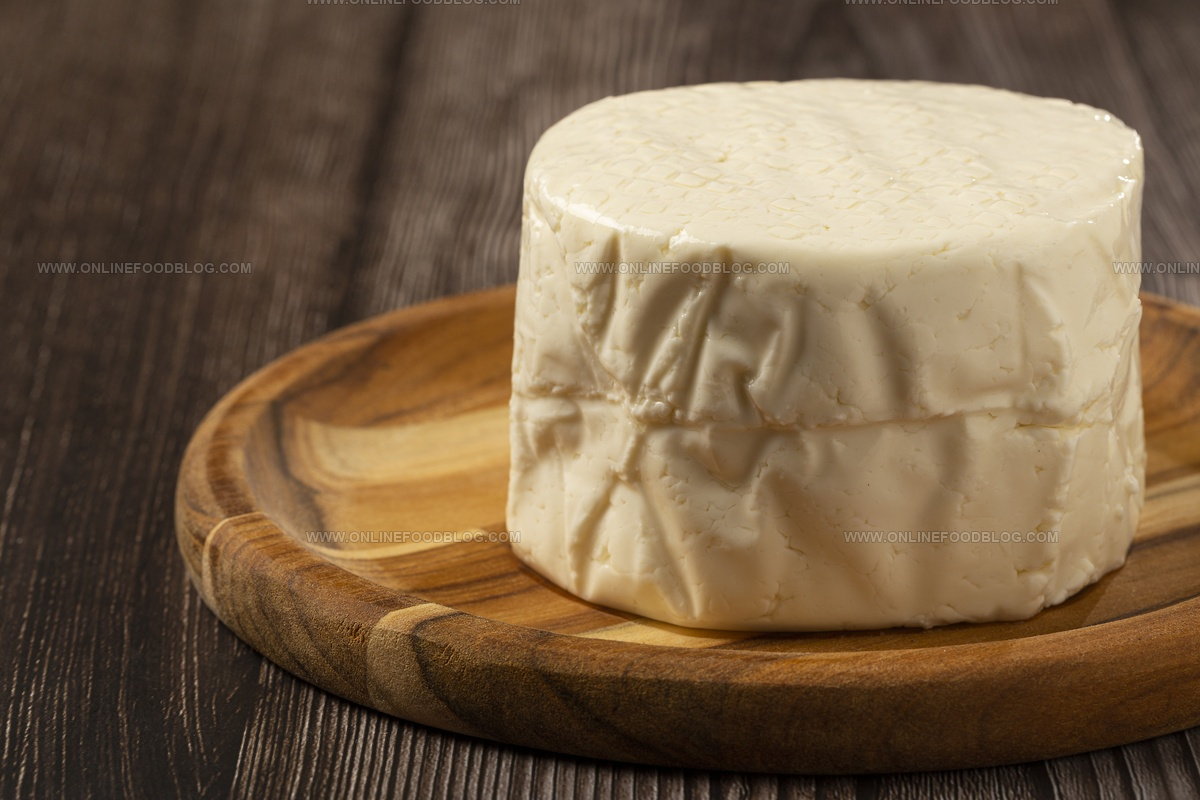
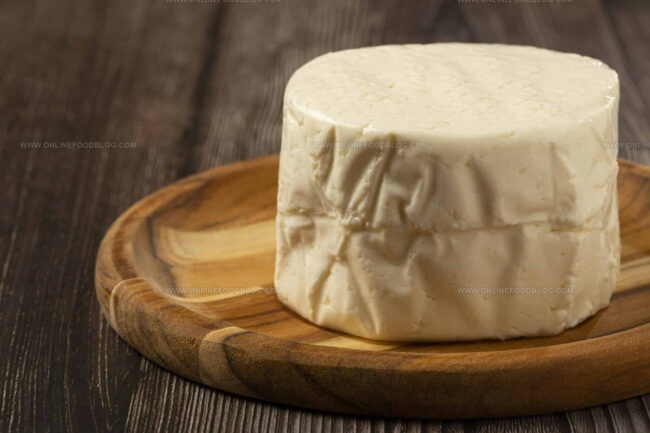
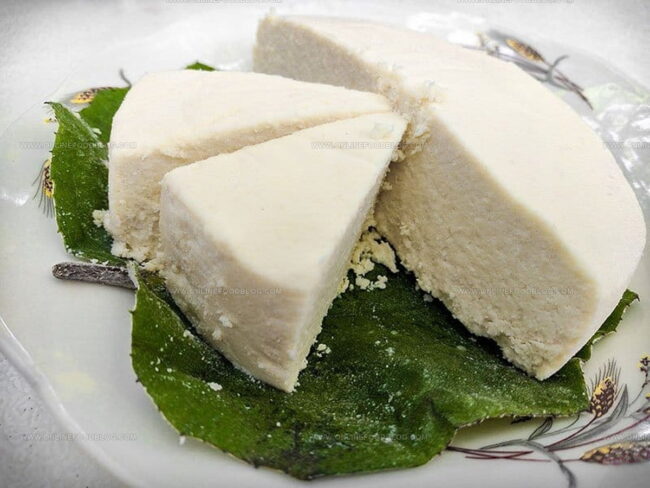
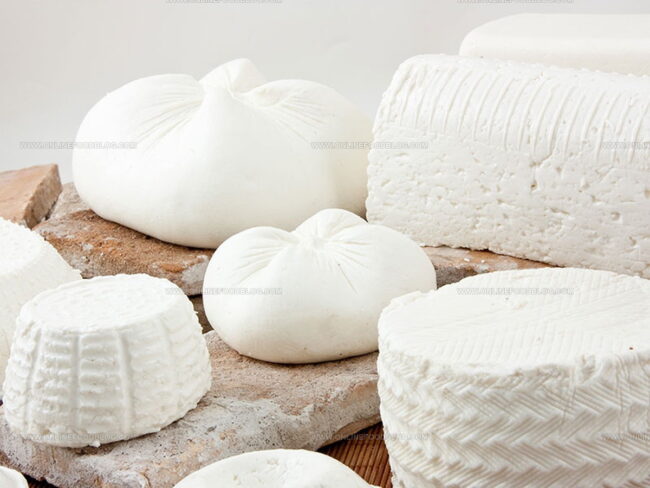
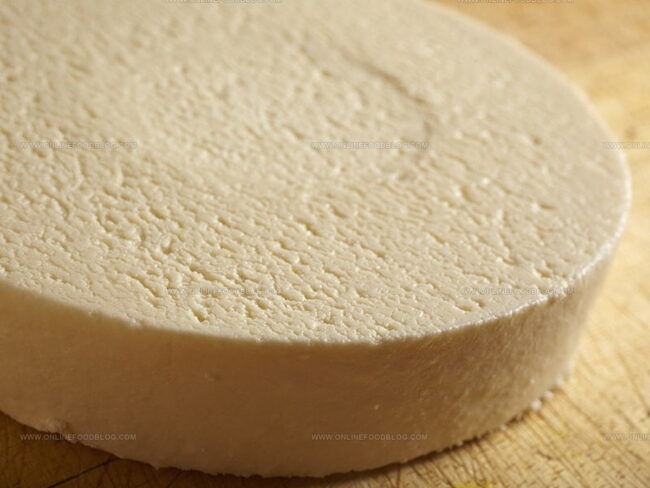
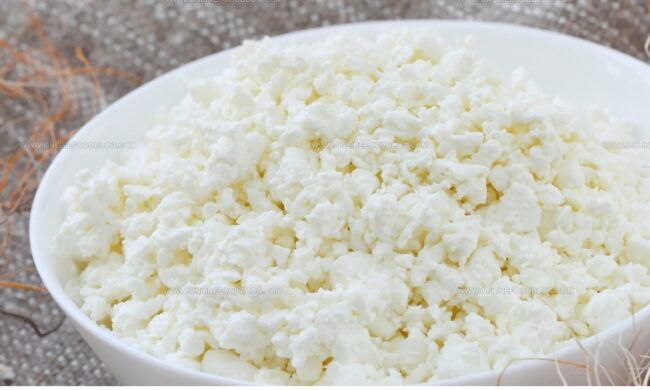
Mia Reynolds
Food Writer & Home Cooking Specialist
Expertise
Easy Home Baking, Recipe Writing and Storytelling, Local and Seasonal Ingredients, Baking for Beginners
Education
New England Culinary Institute (NECI), Montpelier, Vermont
Community College of Vermont, Winooski, Vermont
Mia Reynolds fell in love with baking as a teenager experimenting in her family kitchen. Her passion took her to New England Culinary Institute, where she learned practical pastry techniques, and later to Community College of Vermont to deepen her understanding of food management.
Mia combines clear, simple baking instructions with heartwarming stories, making home baking approachable for everyone.